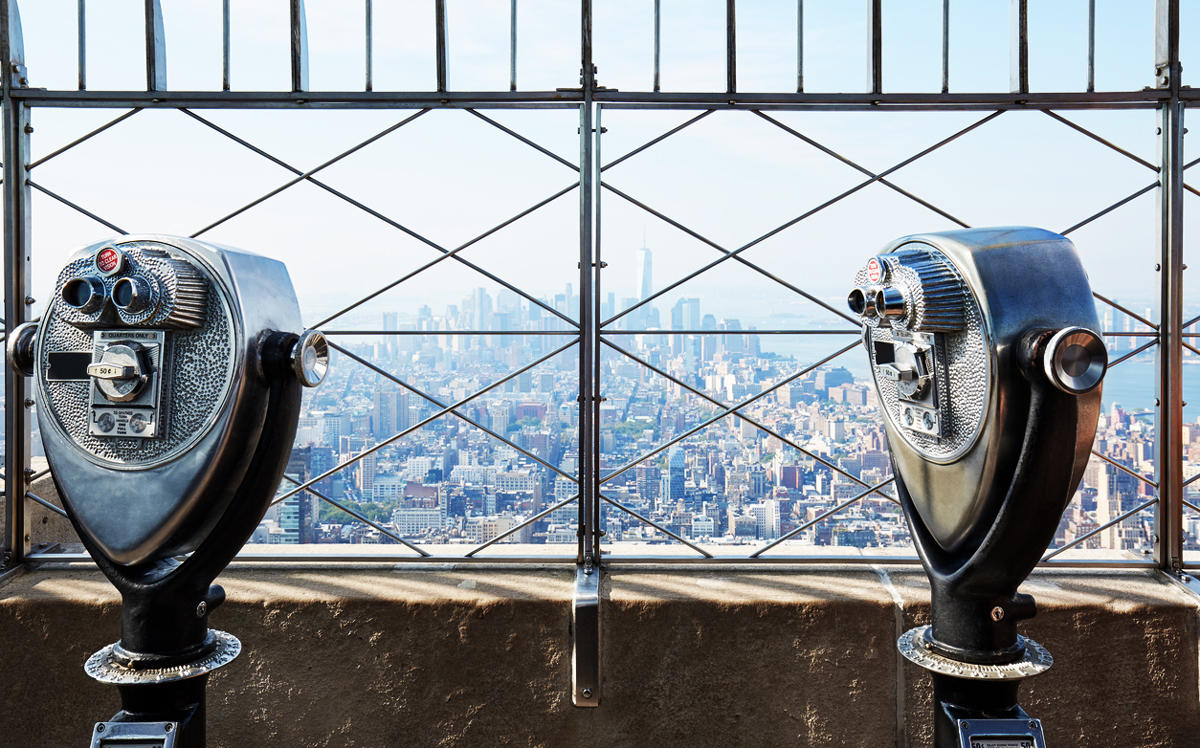Trending
Panoramas for profits: Developers betting big on observation decks
Related and SL Green have two in the works

Competition is heating up for the best views in the city.
Developers are planning more observation decks as they seek to get in on the attraction’s profits, the Wall Street Journal reported.
Related Companies is planning an observation deck at its 1,296-foot 30 Hudson Yards tower in 2020, the report said. And SL Green Realty is slated to open its own the following year at One Vanderbilt, near Grand Central Terminal.
The attractions are cropping up outside of New York, too: two have opened in Los Angeles and London. The under-construction Jeddah Tower in Saudi Arabia is slated to have one, and there’s another planned in Miami.
Three of the existing observation decks in New York — World Trade Center, Rockefeller Center and the Empire State Building — draw in more than 9 million visitors combined annually. That comes out to roughly $270 million in annual revenue just from ticket sales, the report said.
The $127.1 million in revenue that the Empire State Building pulled in accounted for more than 40 percent of the building’s total for the year.
“For most people that was a bit of a revelation,” said Jay Cross, the president of Related’s Hudson Yards project.
Indeed, sometimes the attraction can be more profitable than the retail and residential space in the tower below it. But they don’t always live up to the hype — and they can add more than $100 million to a property’s cost. The World Trade Center, for example, was expected to attract more than 3 million visitors a year — but currently is bringing in around 2.5 million, the report said.
That’s partly because there’s only so much demand for it, according to consultant Eric Deutsch.
“If you have 75 million visitors per year to New York, how many of them will go to more than one?” he asked. [WSJ] — Meenal Vamburkar




